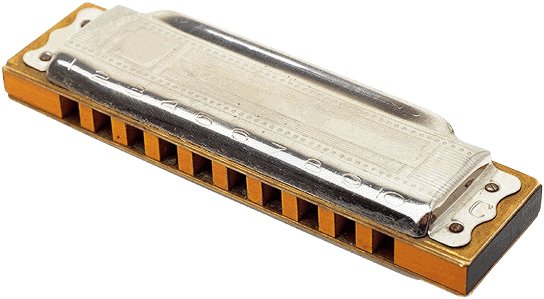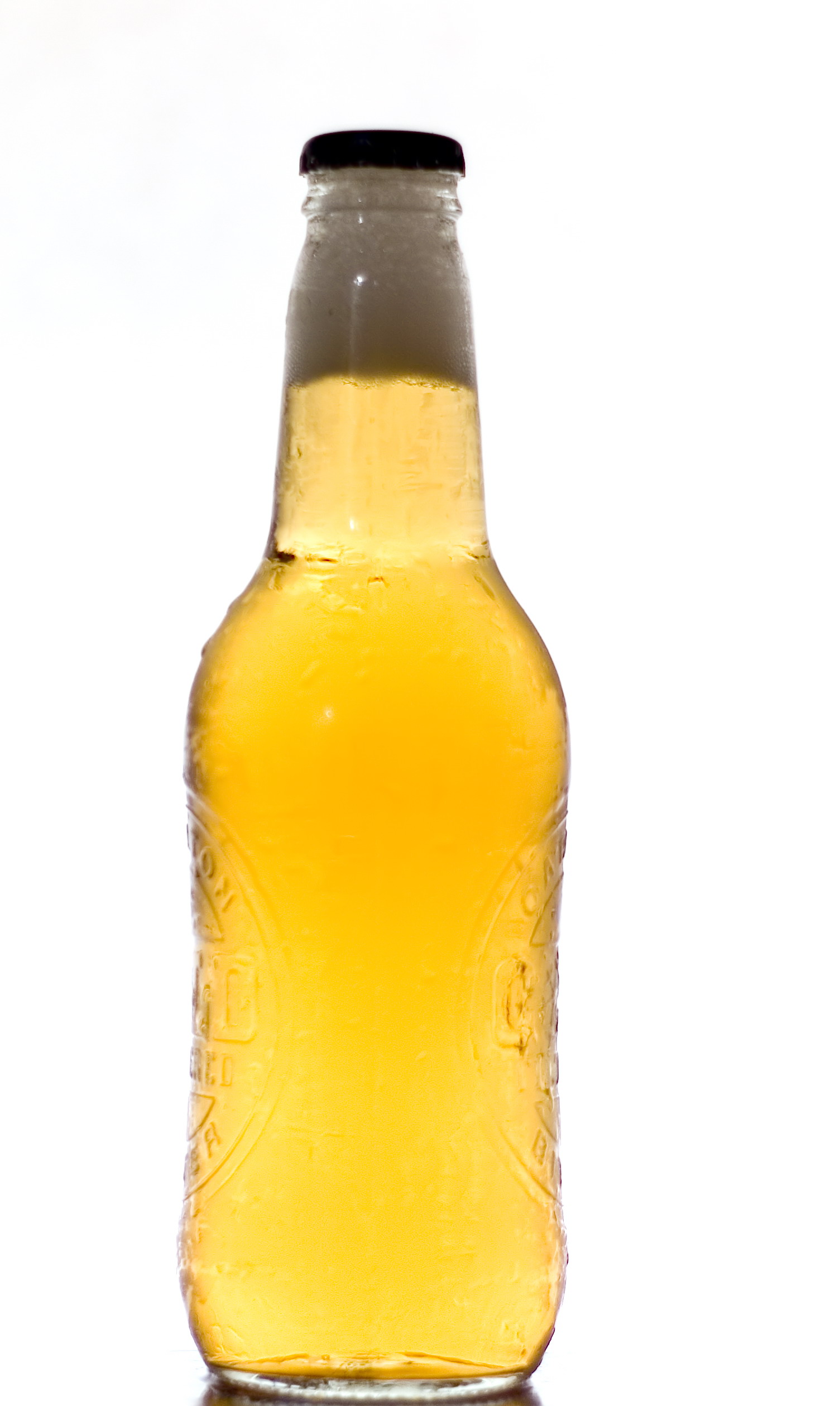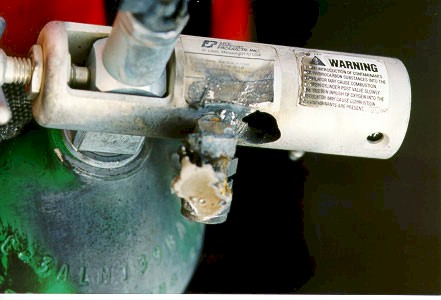
I was doing a ECG on a patient in the ER tonight and the ECG machine was picking up a lot of artifacts on the tracing so I readjusted all my leads and checked my wires and disconnected the lead to the ER monitor and still the same with the artifacts but the ECG machine was saying it was detecting muscle tremors. Now here is the part the that I though was quite interesting the patient said to me "Could it be the chip a doctor had implanted in her when she had heart surgery last year?" so now I'm curious and I ask her what chip is she talking about and she continues to tell me that it was told to her after the surgery that the doctor implanted a microchip in her with information of her surgery for future knowledge.
Now I start thinking maybe this is one of the RFID chips that I have heard about which can carry your medical information. I'm thinking yes, but is this becoming more common practice now for different surgeries? Now I have to go searching.
What I found out is that the company Verichip is manufacturing a chip called the VeriMed chip which links you to a database they maintain and can be accessed with a RFID reader that some ER's and Hospitals are starting to carry.
I read this little interesting story also:
In May 2006, William Koretsky made medical history when he became the first
emergency patient to be identified from an implanted radiofrequency
identification (RFID) chip. Koretsky, a 44-year-old sergeant with the Bergen
County Police Department (NJ, USA), had crashed his car into a tree during a
high-speed chase. When he was taken to hospital, an emergency-room scan revealed an RFID chip in his arm, which had been implanted in 2004 for identification
purposes at the suggestion of his police chief. Doctors retrieved the ID number,
identified Koretsky using an online database, reviewed his health history and
learned that he had type 1 diabetes. While treating his other injuries,
physicians quickly began monitoring Koretsky's blood sugar level. The RFID chip,
which was manufactured by VeriChip (Delray Beach, FL, USA), might have saved his life. “I was unable to communicate, but the chip talked for me,” Koretsky said.
“I couldn't lose the chip, like I could a MedicAlert® bracelet. The VeriChip™
was a home run.”
That I found in a great article about the Verichips and the different uses, which can be found here in the full article.
Looks like they are targeting people with diabetes, cancer, coronary heart disease, stroke, chronic obstructive pulmonary disease, cognitive impairments, seizure disorders and Alzheimer's, and people with complex medical device implants, such as pacemakers, stents, joint replacements and organ transplants. These are some patients where it could save a life is the clinicians could have information of the patient faster. The future seems to be coming around faster and faster all the time now, I have noticed that our tablet PC's we use for charting now at the bedside do have a RFID reader, along with the barcode reader but we don't use either of those YET.
So is this a good thing or is it to much "1984" like with the possiblity of Big Brother watching. It's one thing to microchip your dog or some other belonging but are we ready to have human's microchiped? I think I can become quite helpful, like a guy I read about a couple years ago in Wired Magazine who was microchipped and when he would come home the house knew this, as he walked through the house lights would turn on and off as he would move from one room to the next. Ok that's a little extreme and lazy but interesting nun the least. So are we ready for this, time will tell.
Drive on RT's











